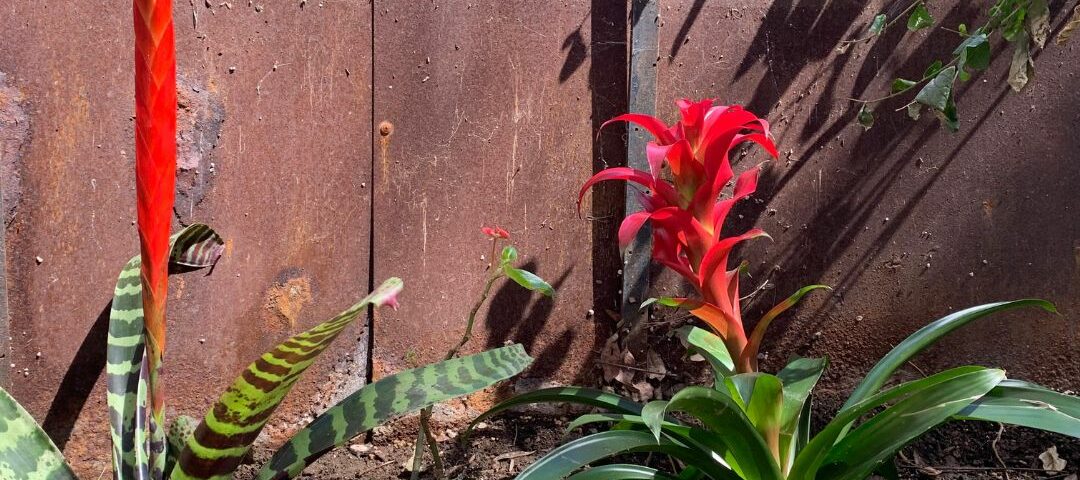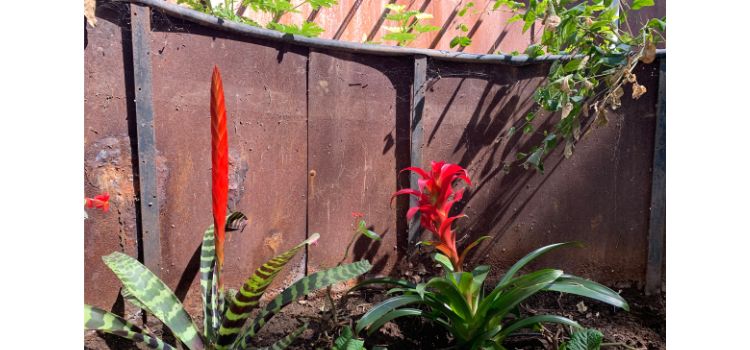Understanding Microclimates: The Key to a Thriving Garden

Microclimates play a crucial role in gardening, especially in smaller spaces where every square foot matters. The smaller your yard, the more valuable these variations in temperature, sunlight, and airflow become. If you’re not aware of how microclimates work, you may face unnecessary gardening challenges—but learning to harness them can transform your space into a flourishing, low-maintenance landscape.

Now, step to the east side of the same building at the same time of day. You’ll experience a noticeable cooling effect—sometimes up to a 30-degree temperature difference. This demonstrates how buildings, trees, walls, and other structures can dramatically impact temperature and growing conditions, even within the same climate zone.
Using Microclimates to Your Advantage
A well-planned garden takes microclimates into account to maximize plant success. By mapping out these temperature variations, you can:
- Choose the ideal location for heat-sensitive or cold-sensitive plants.
- Create new microclimates using barriers, shade structures, or reflective surfaces.
- Extend your growing season by utilizing the warmest pockets of your yard.
- Improve water efficiency by placing plants where they naturally retain moisture best.
Get a Custom Microclimate Map for Your Yard
Understanding microclimates is essential for successful gardening, and mapping them out can help you grow a healthier, more productive garden with less effort. If you’re ready to discover the unique microclimates in your space and learn which plants will thrive in each area, schedule a consultation at https://agriscaping.com/professional-landscape-service.
Mastering microclimates is the secret to a resilient, vibrant, and easy-to-manage garden—and it all starts with understanding your space.


Read Our Latest Posts…
- Start the New Year with a Thriving Edible Landscape
 Expert tips for desert gardening, from plant zoning and efficient irrigation to soil care and agriscaping for a sustainable landscape.
Expert tips for desert gardening, from plant zoning and efficient irrigation to soil care and agriscaping for a sustainable landscape. - Understanding Freeze Pruning
 Expert tips for desert gardening, from plant zoning and efficient irrigation to soil care and agriscaping for a sustainable landscape.
Expert tips for desert gardening, from plant zoning and efficient irrigation to soil care and agriscaping for a sustainable landscape. - A Garden-Fresh Christmas: Agriscaping Tips for a Festive and Sustainable Holiday
 Expert tips for desert gardening, from plant zoning and efficient irrigation to soil care and agriscaping for a sustainable landscape.
Expert tips for desert gardening, from plant zoning and efficient irrigation to soil care and agriscaping for a sustainable landscape. - 7 Garden Design Themes for Your Elegant Edible Landscape
 Expert tips for desert gardening, from plant zoning and efficient irrigation to soil care and agriscaping for a sustainable landscape.
Expert tips for desert gardening, from plant zoning and efficient irrigation to soil care and agriscaping for a sustainable landscape. - Subterranean Trampoline Gardens: A Hidden Oasis for Growing and Playing
 Expert tips for desert gardening, from plant zoning and efficient irrigation to soil care and agriscaping for a sustainable landscape.
Expert tips for desert gardening, from plant zoning and efficient irrigation to soil care and agriscaping for a sustainable landscape.
